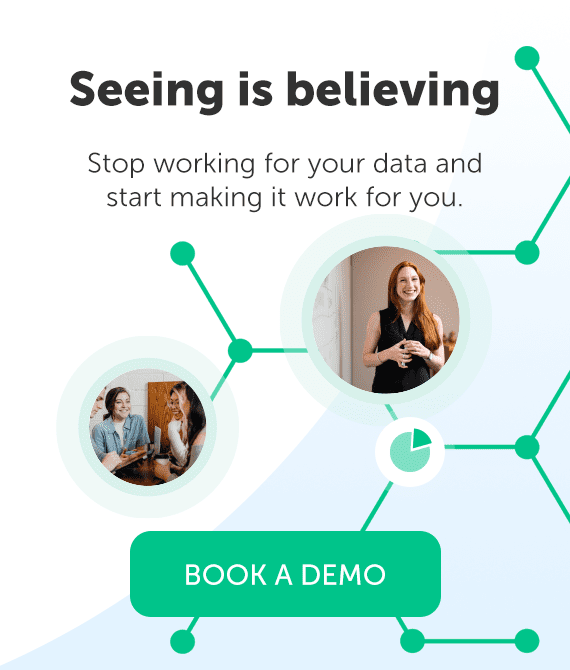A whopping 91 percent of organizations with more than 10 employees have a tool for customer relationship management (CRM). But investment in a CRM alone doesn’t equal widespread user adoption.
In fact, only 40 percent of businesses boast a CRM adoption rate of 90 percent or more, while the majority of businesses struggle to encourage system use.
To find out why, and come with some solutions, Introhive’s Head of Technical Solutions for EMEA, Ben Roles, joined Mike Driver, an industry CRM expert and Director of LogiCRM, to discuss CRM adoption best practice.
Between them, Mike and Ben have more than 25 years of experience in helping businesses implement successful CRM solutions. Watch their full discussion in the webinar and read on for their top five tips to increase your CRM user adoption.
The Top 5 Takeaways
- Start small
- Involve multiple user groups
- Pick an owner
- You can’t boil the ocean, so don’t try
- Don’t silo information
1. Start small
Executive teams can spend far too much time trying to deliver the single utopian solution that makes all CRM users happy at launch. This doesn’t exist. It’s not a project that you can hammer out once and move on. Instead, your approach to CRM should be a journey.
Start small and let your CRM grow and improve organically. As you go, you can make iterative changes that solve specific problems or address pain points as they surface. This way, you can get the tool out the door faster, while still taking user needs into account.
2. Involve multiple user groups
From marketing to sales to business development, the organization’s various user types are going to want different things out of the tool. To make sure your CRM solution addresses everyone’s needs, your advisory committee should include leaders from every user group.
If your CRM committee consists of only executive team members—and doesn’t represent the people who will use it most—your tool engagement will suffer.
3. Pick an owner
CRM needs ownership. One product owner needs to be responsible for the CRM, its implementation, user adoption rates, and development. This person must be an extremely knowledgable domain expert, well-versed in your organization’s internal politics. And, most importantly, they need to be a true proxy of your end users.
A close relationship with users means your product owner will know what they need and can deliver a tool that does the job.
4. You can’t boil the ocean, so don’t try
When you’re making upgrades and changes to your CRM, take it one step at a time. Don’t overwhelm users with change.
And before you make any additions to your CRM, talk to the users first. Send out a survey. Learn what would actually help them get more value out of the tool—in their words. Then after you do make changes, give them a chance to provide feedback.
This approach not only guarantees you can deliver what the organization wants, it saves you from wasting time and money on needless implementations.
5. Don’t silo information
The point of a CRM tool is to gather all of your customer relationship information in one centralized place. But too often relationship information either fails to make it into the system or it goes bad once it’s there — 70 percent is out of date within a year.
Fortunately, there are solutions out there that can augment your CRM to help bring your data together from disparate sources and enrich the information that you do have.
Introhive, for instance, automatically looks at your email inbox, calendar appointments, phone logs, etc., and records that information into your CRM, so your end users don’t have to.
This level of CRM automation doesn’t just save users a lot of time and busywork, it also makes it easier to spot connections and opportunities.
Give your CRM adoption a boost with automation
CRM tools deliver the most value when user adoption is high—but many organization’s have difficulty bringing users on board. To get around some of the stumbling blocks, involve your end users in the process, encourage accountability, and consider new technology that can automate they crucial, yet tedious, data entry.
Request a demo today to learn how Introhive can help you do just that, and watch your user adoption rates climb.





